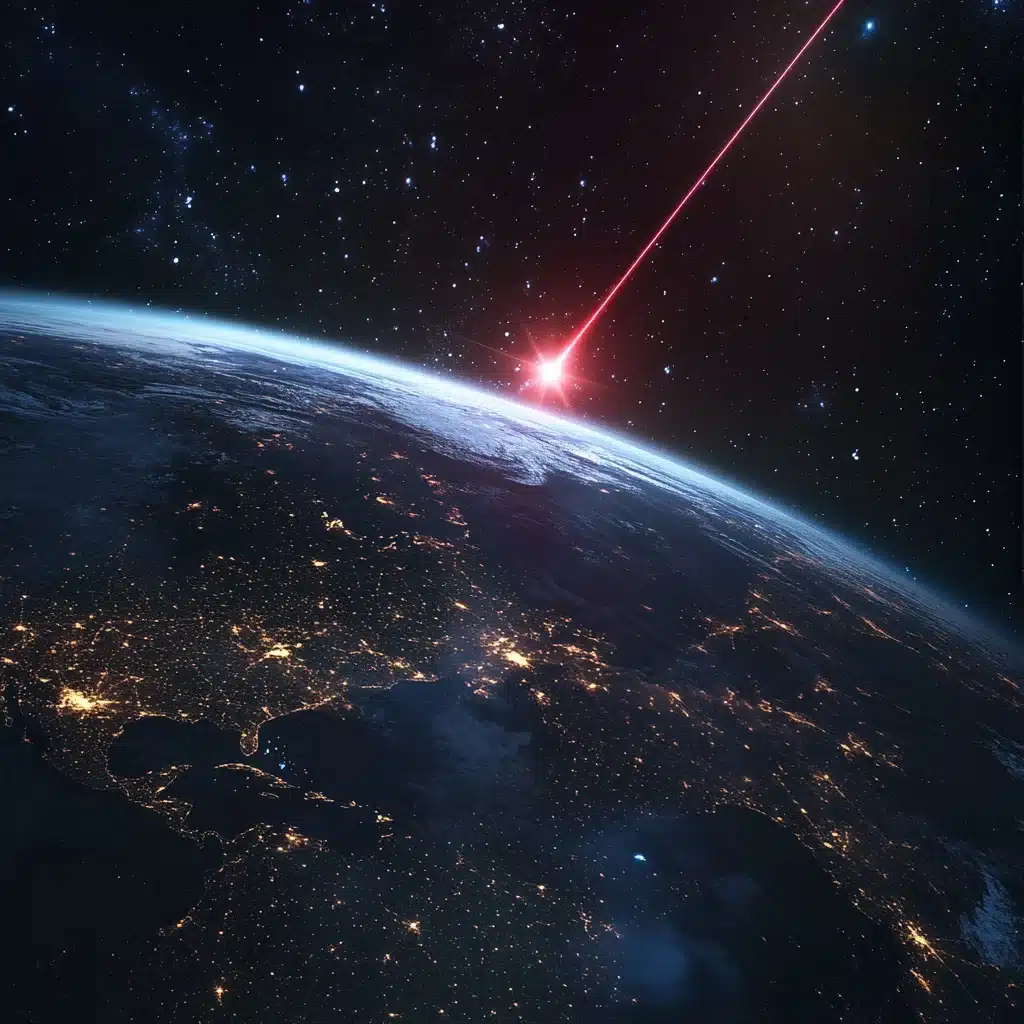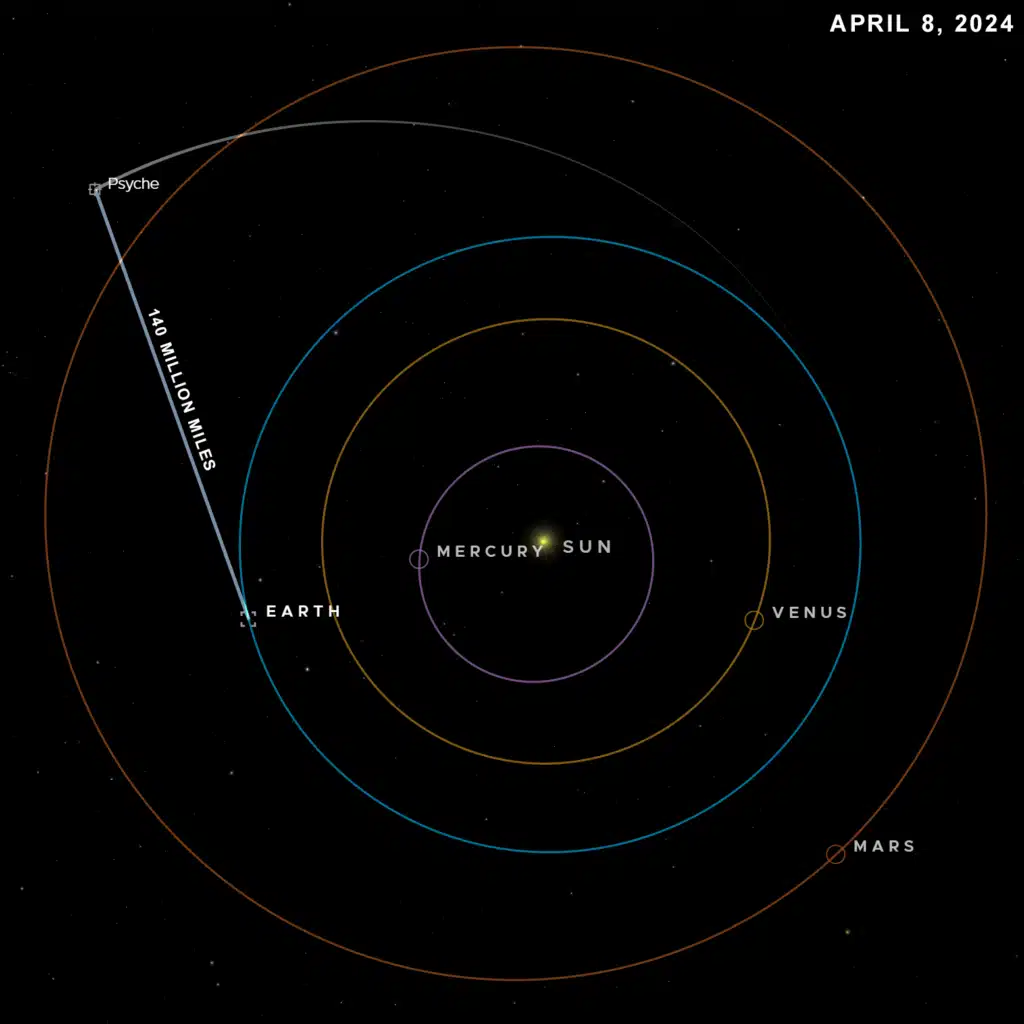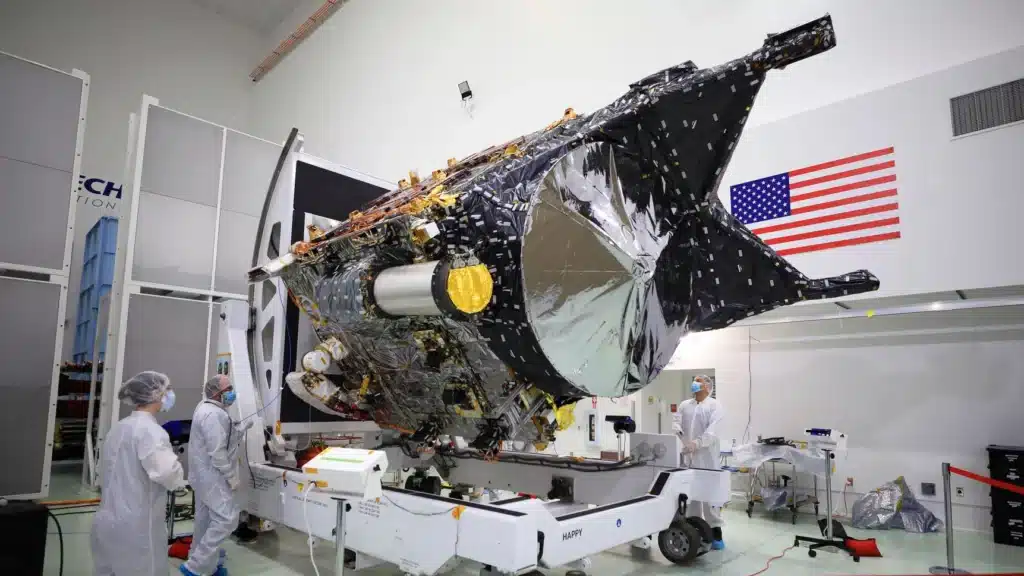Why laser message NASA sent to Earth from 140 million miles could help future Mars missions
- Earth received a laser message from NASA’s Psyche spacecraft back in April
- It was sent from 140 million miles away
- It could one day help a human mission to Mars
Published on Aug 07, 2024 at 8:26 PM (UTC+4)
by Amelia Jean Hershman-Jones
Last updated on Aug 08, 2024 at 7:05 PM (UTC+4)
Edited by
Tom Wood
You might know that Earth received a laser message from the NASA Psyche spacecraft 140 million miles away.
To put that distance into context, it’s 1.5x the distance between Earth and the Sun.
You might not know that NASA hopes the successful technological feat could pave the way for future missions to Mars.
DISCOVER SBX CARS: The global premium car auction platform powered by Supercar Blondie
How NASA Psyche spacecraft sent message

The laser message was beamed to Earth by NASA’s Deep Space Optical Communications transceiver.
The transceiver sends and receives data via an 8.6-inch aperture telescope – and it’s currently aboard the NASA Psyche spacecraft.
“We downlinked about 10 minutes of duplicated spacecraft data during a pass on April 8,” said Meera Srinivasan, the project’s operations lead at NASA’s Jet Propulsion Laboratory in Southern California.
“Until then, we’d been sending test and diagnostic data in our downlinks from Psyche.
“This represents a significant milestone for the project by showing how optical communications can interface with a spacecraft’s radio frequency comms system.”
The experiment first kicked off in December 2023.

At that point, Psyche was a mere 19 million miles from Earth.
The initial test involved data being transmitted at a rate of 267 megabits per second.
That’s comparable to broadband internet download speeds.
By April 2024, however, the spacecraft was more than seven times further away.
That distance, unsurprisingly, reduced the rate at which data can be sent and received.
The spacecraft-transmitted data had slowed to 25 megabits per second by the second test.
How it could help Mars missions

While it seems slow, we all know sketchy cell phone service when we’re off the beaten track.
NASA was happy that the laser message proved that at least one megabit per second was possible from such an epic distance – like the distance between Earth and Mars.
“It was a small amount of data downlinked over a short time frame, but the fact we’re doing this now has surpassed all of our expectations,” Ken Andrews, project flight operations lead at JPL, said.
Per NASA: “This achievement provides a glimpse into how spacecraft could use optical communications in the future, enabling higher-data-rate communications of complex scientific information as well as high-definition imagery and video in support of humanity’s next giant leap: sending humans to Mars.”
Previously, NASA used radio waves to communicate with space missions.

“Much like fiber optics replacing old telephone lines on Earth as demand for data grows, going from radio communications to optical communications will allow increased data rates throughout the solar system, with 10 to 100 times the capacity of state-of-the-art systems currently used by spacecraft,” NASA explained.
“This will better enable future human and robotic exploration missions, along with supporting higher-resolution science instruments.”
This technology couldn’t have come at a better time, as the NASA Rover recently found something extraordinary on Mars that ‘shouldn’t be there.
What’s more, SpaceX has revealed a futuristic new spacesuit for humans to wear on Mars.

London-based Amelia cut her journalistic teeth covering all things lifestyle, wellness, and luxury in the UK capital. Fast-forward a decade and the senior content writer and editor has put pen to paper for glossy magazines, busy newsrooms, and coveted brands. When her OOO is on from writing about cars and heading up on-site SEO you can find her spending quality time with her young family, in the gym, or exploring the city she loves.




